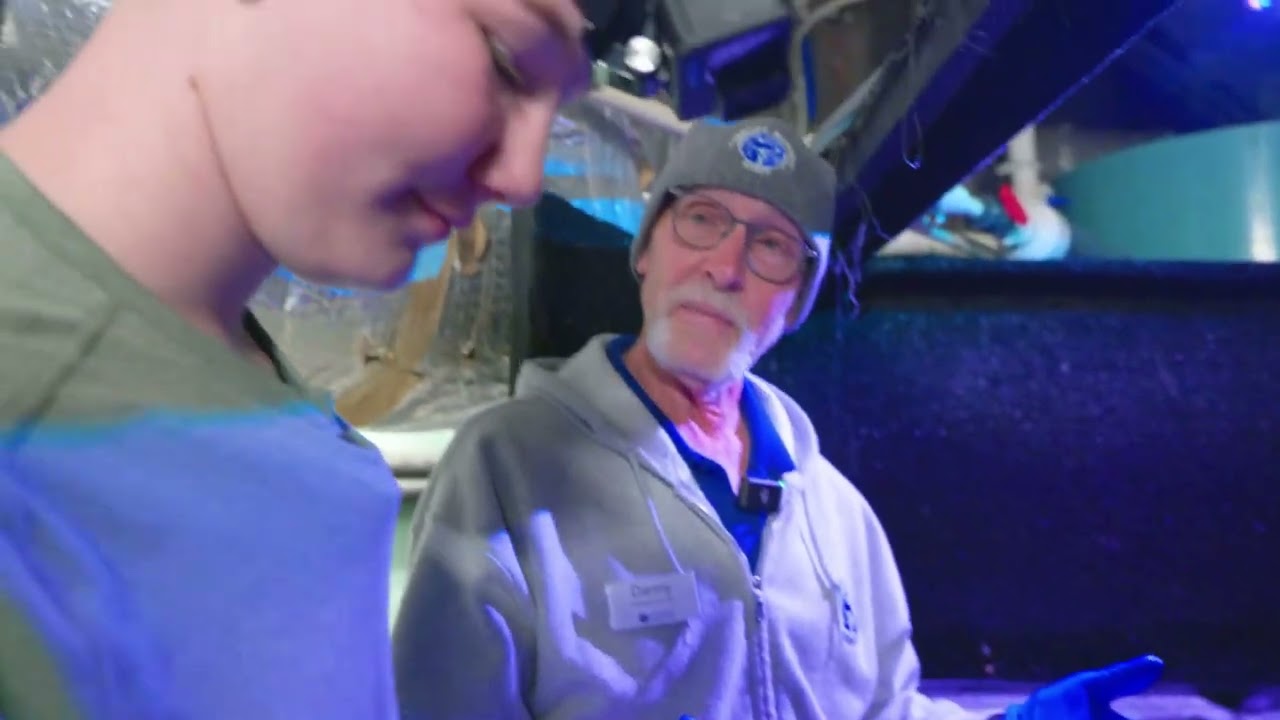– Introduction to Giant Pacific Octopus and their habitat
– Features and behaviors of Ziggy, the Giant Pacific Octopus in AquaVentures episode No. 18
– The significance of octopus conservation and the role of educational programs like AquaVentures
– Insights into zoo and aquarium management with a focus on ethical practices
– Strategies for engaging the public in marine conservation efforts through media
The Giant Pacific Octopus, Enteroctopus dofleini, is a remarkable marine creature inhabiting the Pacific Ocean’s cold waters. These octopuses are known for their impressive size, intelligence, and adaptability. In AquaVentures episode No. 18, titled “Giving a High-EIGHT to Ziggy the Giant Pacific Octopus,” viewers are introduced to Ziggy, a resident octopus of a well-managed aquarium. They are provided with an engaging overview of these fascinating animals’ life, habitat, and care.
Like other Giant Pacific Octopuses, Ziggy exhibits a range of complex behaviors and physiological traits that are typical of the species. These octopuses have an expansive diet that includes crabs, shrimp, and fish, which they can capture using their eight powerful arms. Each arm has rows of suction cups, allowing a strong grip on prey and surfaces. Their skin can change texture and color, serving as a camouflage mechanism against predators and a form of communication. Ziggy’s interactions with caregivers and the environment indicate the species’ notable intelligence and problem-solving abilities.
Conservation of the Giant Pacific Octopus is vital. Despite not being currently listed as endangered, their populations are affected by environmental changes and human activities such as pollution and overfishing. Educational programs like AquaVentures are critical in raising awareness about these species and the importance of marine conservation. Viewers gain a personal connection through episodes that highlight individual animals like Ziggy and are more likely to support conservation initiatives.
Managing zoos and aquariums that house marine creatures like the Giant Pacific Octopus involves adhering to rigorous animal welfare standards, habitat simulation, and dietary needs. Ethical practices include providing environments that mimic natural habitats as closely as possible and ensuring animals engage in natural and stimulating behaviors. The episode demonstrates how modern aquariums utilize advanced technology and knowledge of marine biology to maintain the health and well-being of their inhabitants.
Lastly, utilizing media channels such as AquaVentures to engage the public in marine conservation has proven effective. By showcasing the beauty and intelligence of marine life, these programs inspire interest and action among viewers. Strategies include storytelling that personalizes the animals, interactive and educational content that enriches understanding, and a call to action that empowers viewers to contribute to conservation efforts.
Through the lens of AquaVentures episode No. 18, viewers learn not only about the Giant Pacific Octopus but also about the broader principles of marine conservation, the complexity of aquarium management, and the power of media in fostering environmental stewardship. This combination of education and engagement holds great potential for advancing the cause of marine conservation and ensuring the survival of spectacular species like Ziggy, the Giant Pacific Octopus.
*****
Source Description


